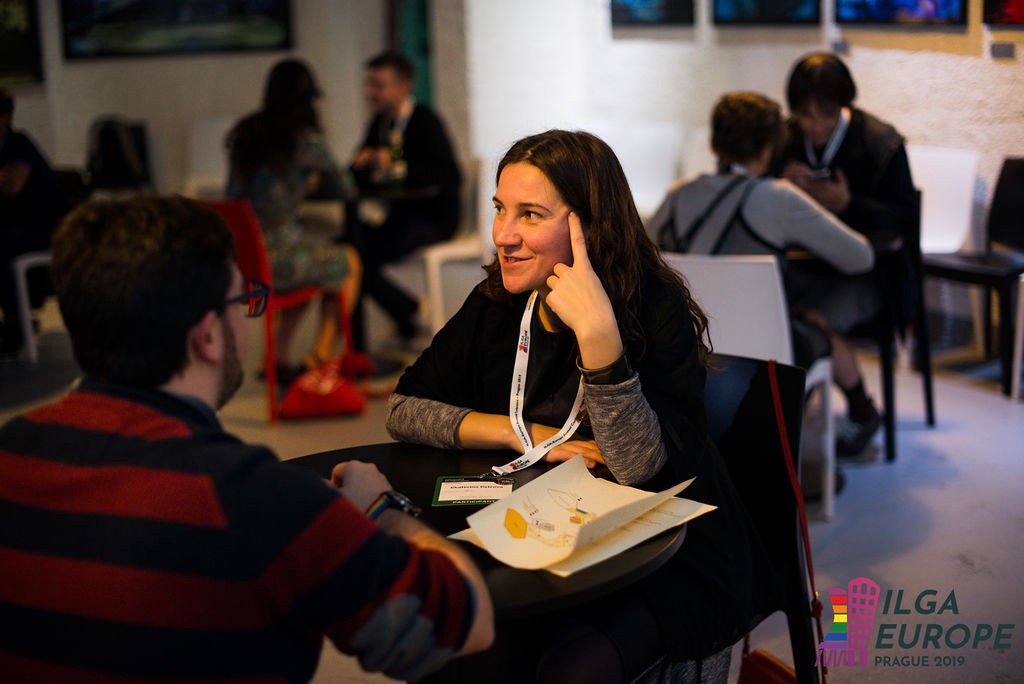
Organising together is how people who experience exclusion, discrimination and violation of their human rights bring about changes in their lives. Community organisations grow and evolve from individuals organising activities together. As people continue to organise, connect and support with others, to link-in with the activities becomes a key feature of community organising.
Community organising also works the other way around — the more LGBTI people are aware, engaged, and mobilised, the more LGBTI individuals, groups and organisations are enabled in their work towards change.
If your resolution for 2020 is to empower your community as an organiser, some values and principles underpinning community organising within the LGBTI movement include:
• Respect for individual’s perspectives and for difference of opinion
• Inclusion and empowerment of those who wish to join
• Outreach to those who may be challenged in participating
• Working for collective as well as for individual benefits
• Ownership and decision making by the people involved
• Accountability to others for actions taken
• Transparent representation
• Accessible and safe spaces — both physically and psychologically.
Here are six key practices to keep in mind:
Use jargon free-communication about what you are doing, when, where, why. People must understand to get engaged and feel welcomed.
It’s important to use accessible physical spaces that accommodate different abilities, financial resources, transportation and safety. Think about where you are organising and make sure that people can reach the place with public transportation, or that there are not architectural barriers and security of participants is protected.
Think about the time and the day that may facilitate people joining. For example, if you want to reach out to youngsters in school in the morning they may be in school, and in the evening not everyone could be free to go out.
You may organise group activities based on people’s shared identity, such as intersex or trans groups. However, you may also want to consider bringing different groups together to make sure that a broader sense of community and solidarity is cultivated.
Make sure that activities and future direction are based on what people want or need and are not imposed. This will help to create a sense of ownership of the space and of the work done to ensure accountability, and it will likely contribute to cultivate leadership and mobilisation. In practical terms this may mean creating a space to discuss issues and desires; plan together or open the space for planning; but also work on social change decisions, progress, plans, etc. to the widest group possible.
Different people have different needs and desires and should be encouraged to organise based on that. Diversity of activities will most likely lead to more people participating and feeling that their necessities are met.
At ILGA-Europe we believe that for social change towards acceptance of diversity and equality to happen, LGBTI people and communities must be at the core of the work. Want to know more? Have a look at our resource Organising for change: resources to support LGBTI community organising work by Patricia Prendiville (Equality Works) and Valeria Santostefano (ILGA-Europe).
Source : medium
Copyright © All right reserved to pahichan.com Site By: Sobij.